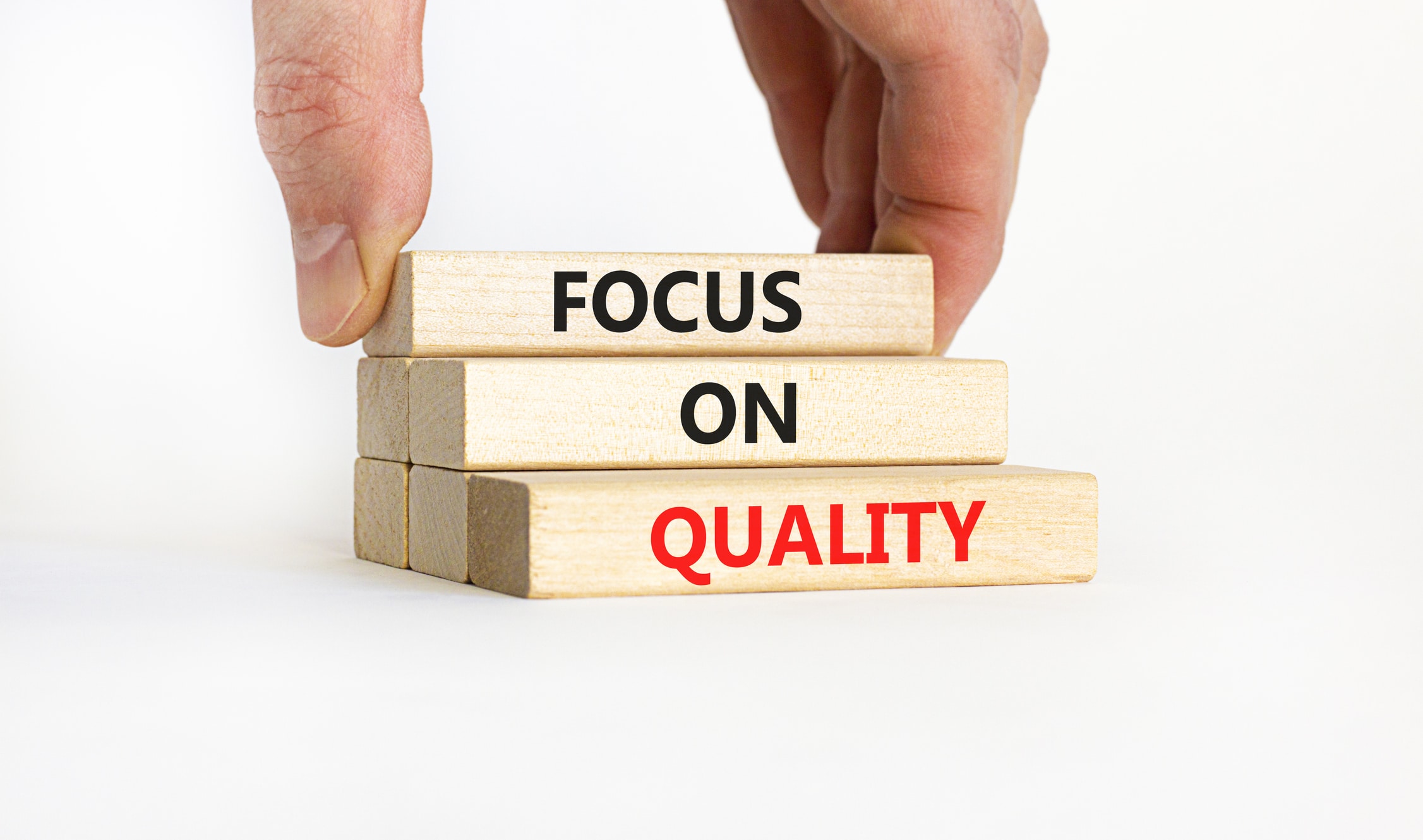
Industry 4.0 is changing the way companies design and manufacture products. As with any major corporate initiative, you must consider reviewing emerging Industry 4.0 metrics to measure and guide success. Doing so will help you better measure the success of not only your implementation of technology but also the impact of driving your digital transformation.
This is not to say that existing metrics such as Overall Equipment Effectiveness (OEE) or First Pass Yield (FPY) will go away. But in a digitally transformed business, how you access the underlying data and use these metrics may well change. Once you realize that transformation success drives business success, make sure your technology solution provider understands these new metrics and can adapt to stay current.
For example, speed to implement engineering change management or cycle time reduction can be a powerful indicator of success. These new metrics are still evolving, but there are several ways you can currently measure how your enabling transformation.
Initial Metrics Likely Adoption Focused
As companies begin their digital transformation, some of the earliest ways to measure success are to understand how many business processes are digitally enabled and how effectively that digitalization has improved process efficiency. As companies plan their digital implementations, they need to create process maps that clearly define how activities are done pre-digital. Then, as these processes are digitalized, you can better track how many processes move to digital-enabled and how fast the take-up rate is.
These metrics should also measure the cycle times of the old, and most likely manual, method and then measure the cycle times of the digitally-enabled method to understand the time savings. Some of the metrics that might emerge to measure transformation completeness and adoption might be:
- Percentage of manual data entry operations eliminated
- Percentage of reporting operations automated
- Percentage of positions that utilize new technology
- The reduction rate of data entry errors
These are but a few of the ways to measure the adoption success of Industry 4.0 initiatives.
This article may be of interest, Defining the Right Manufacturing Metrics is the First Step to Proving the Benefits of MES
Emerging Industry 4.0 Metrics will Evolve
The point of Industry 4.0 is to digitally transform how a company operates. As is often stated, digital transformation is an evolving journey. Your metrics must adapt too, with a focus on entirely new ways of thinking about design, production, customer interaction, and delivery.
When a business begins to utilize Industry 4.0 tools such as predictive analytics and machine learning, manufacturers should insist that the providers of the tooling and automation provide “smart” capabilities as their whole production model may change.
When you have systems that can monitor machine performance and alert you to quality, maintenance, or performance issues before they occur, a metric that will be important to track is the speed of response. Automation and machine learning allows you to take corrective actions such that downtime, out-of-spec production, or production upsets can be essentially eliminated. This means that old metrics, like mean-time-between-failure or first-pass yield, will become less meaningful. Instead, knowing the frequency and time between alerts becomes your new focus of attention.
Another indicator of how new technology solutions are enabling your digital transformation is how quickly process and production changes can be implemented. Some examples of new metrics that will emerge might be:
- Engineering change management cycle time reduction
- Increase in ability to handle additional product variants
- Reductions in out-of-stock delays in production operations
Existing Metrics Will be Used Differently
If you consider a Smart Factory where predictive analytics and smart tooling virtually eliminates downtime, Six Sigma level quality is a given. When production capacity approaches 100% of design, OEE takes on a whole different perspective. Today, world-class OEE is often thought of as around 85%. This derives from the assumption that 98%-99% quality is the norm, that 90% productivity is a standard and that 95% reliability is world-class. When many companies are currently operating at 60% OEE, the aspirational target of 85% makes OEE a powerful incentive to measure improvement. But in a Six Sigma-driven plant where unplanned downtime never occurs, and production capacity is at design levels, OEE becomes 99.8%x99.9%x100% which means OEE is 99%!
At these levels, OEE is no longer an effective tool to measure improvement. Instead, it more likely becomes an alarm threshold. Instead of using OEE to drive improvement, an OEE measurement falling below a number in the 95% to 99% range could be an alarm that serious problems are occurring.
Digital transformation requires new ways of measuring and managing performance. Emerging Industry 4.0 metrics must also change. Given the interconnected nature of your manufacturing system, make sure they are up to the task.



